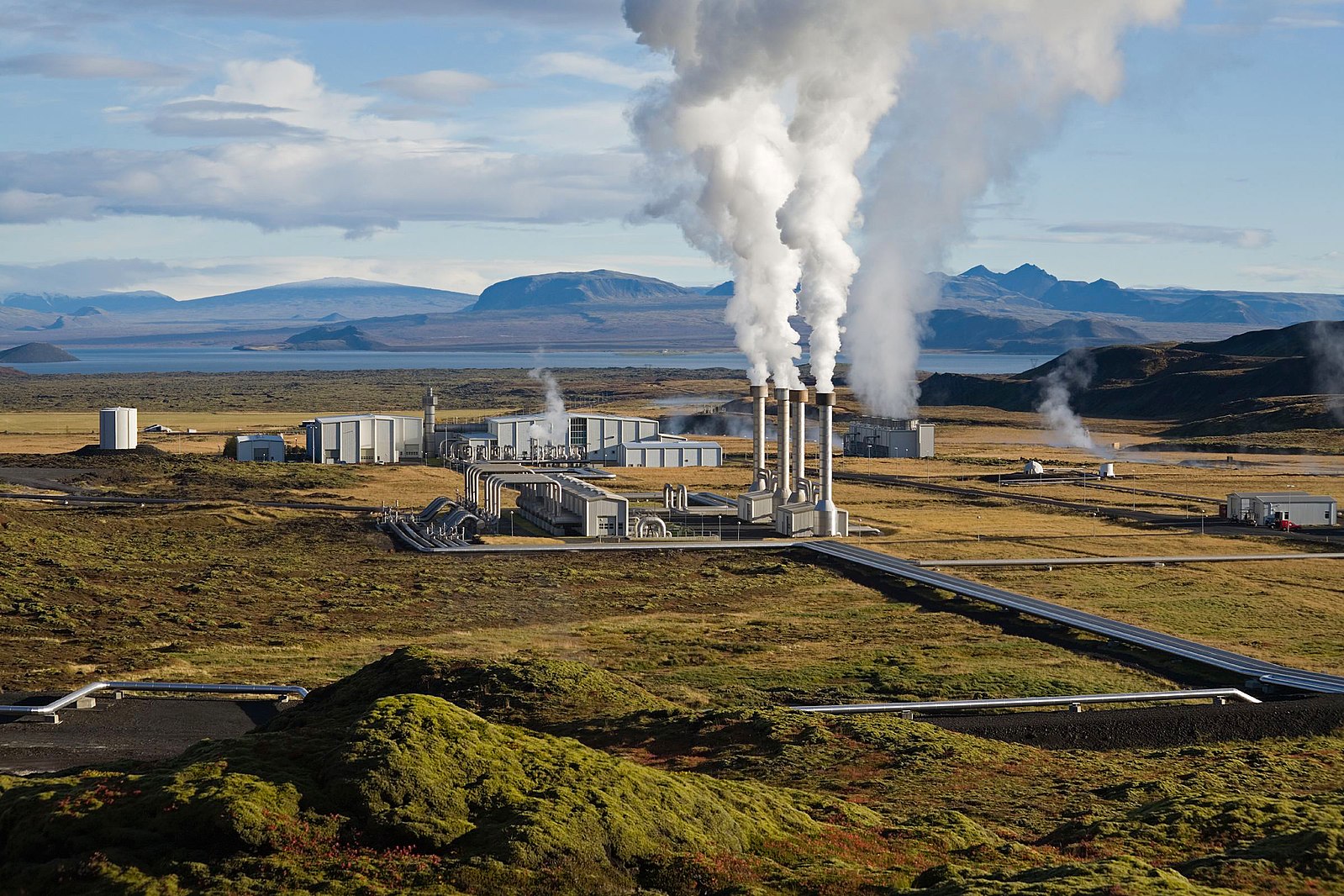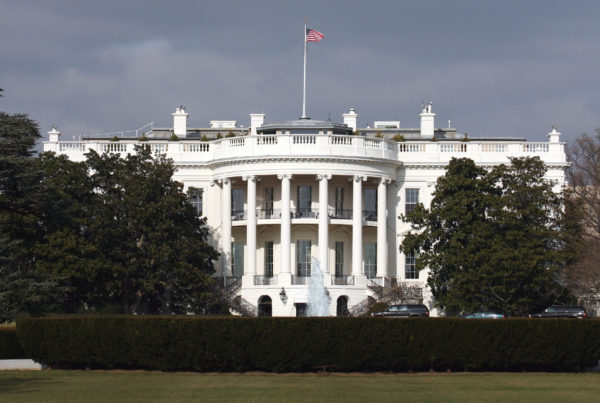U.S. Secretary of Energy Jennifer Granholm said in Houston on Thursday that the Biden administration plans to significantly cut the cost of geothermal energy production.
Geothermal accounts for a tiny portion of the U.S. energy portfolio. But some experts think that federal incentives combined with advances in technology could lead to more geothermal development in places like Texas.
Bruce Cutright, a former researcher in the Bureau of Economic Geology at the University of Texas at Austin and the CEO of Thermal Energy Partners, spoke to Texas Standard about the opportunities and obstacles for geothermal development in the state.
This transcript has been edited lightly for clarity:
Texas Standard: Could you explain geothermal energy in layman’s terms? We’re talking about the harnessing the heat from inside the earth?
Bruce Cutright: Exactly. As everybody knows, as you go deeper into the earth, it gets hotter. And what geothermal power generation does is extract that heat, bring it to the surface, use it to generate electricity and produce no combustion byproducts, no carbon dioxide, and have very minimal land impact.
U.S. Secretary of Energy Jennifer Granholm talked about how the Biden administration plans to significantly bring down the cost of geothermal energy. Is that primarily what’s holding it back from wider use?
I think that’s part of the issue. But over the last decade, costs in general for geothermal power have come down very significantly. So it is competitive with existing traditional fossil fuel sources of power generation and with other renewable sources.
As somebody who’s inside this industry, do you think there’s a legitimate opportunity for growth under this initiative from the Biden administration?
Oh, absolutely. I can’t emphasize it strong enough. And geothermal energy is really a much-neglected renewable energy source. But with the new technology that’s become available, with the advances in drilling technology and thermal to electrical conversion processes, geothermal power is has the capability to be implemented throughout the United States and to play a very significant role in the in the national energy picture.
Texas, of course, is big in the energy business. What are the prospects for geothermal development in the state?
Texas has, I think, the largest undeveloped geothermal potential of any state in the United States. But Texas just has not developed the geothermal potential because of the very large resources of oil and gas that the state has. But that doesn’t mean the resource isn’t there. It just means we haven’t developed it yet.
Well, in fact, I’ve heard that old oil and gas wells could find a second life through geothermal energy. Is that accurate? And if so, what would that look like?
Well, Texas has about 1.4 million oil and gas wells throughout the state. Originally, we looked very closely at mature or closed-out oil and gas wells; they could provide some geothermal energy. But the real difference, and what’s needed to go into a commercial-scale power development, is purpose designed wells. Natural gas wells that drill down into the hot zones that geothermal would look at are generally small-diameter wells to produce significant amounts of geothermal energy in the multi-megawatt range. We would use similar deep wells but in much larger diameter to increase the flow rate and therefore the power generation per well, and that makes them more economical and more competitive.
Are the areas where oil and gas are already big the same areas in Texas that would be ideal for geothermal use, or is that calculation different?
It’s a little bit different, but there’s very much overlap in both oil and gas development and in geothermal energy. The deep, hot natural gas reservoirs that would serve also as geothermal reservoirs are located in the same areas. One of the most promising areas is the Texas Gulf Coast. There’s been multiple areas identified along the Texas Gulf Coast where geothermal fluids greater than 300 degrees Fahrenheit can be produced. And what that means is that in general, each individual geothermal well could produce 3 to 5 megawatts or more per well. So that puts the geothermal wells very much in a competitive state with other sources of power generation.













